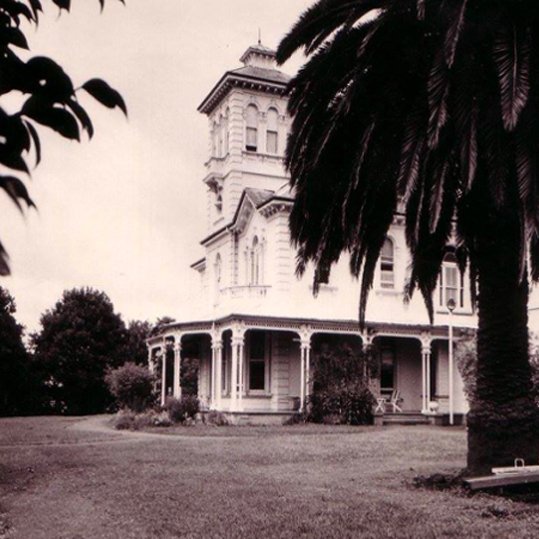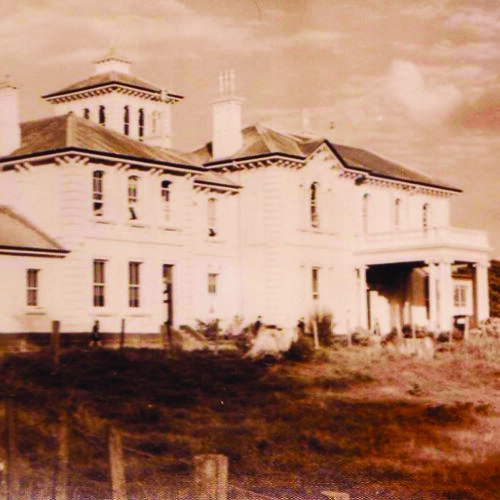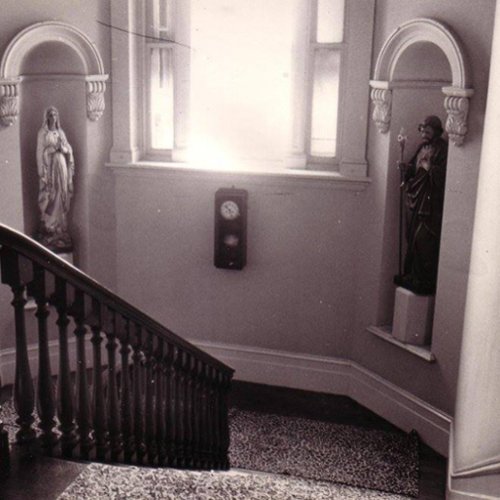The History of Pah Homestead
The original 162ha property was purchased from Māori by early Auckland settler and land dealer William Hart in 1843. It was later sold to Thomas Russell in 1870, before James Williamson purchased it and built the Pah Homestead between 1877 and 1879 as his ‘gentleman’s residence’.
Designed by architects Edward and Thomas Mahoney, the Homestead was the largest house in the Auckland province at the time - and when completed, was hailed as the finest. Designed in an Italianate style it featured a formal entry portico, wide verandahs, large semi-circular bay windows and a four-level arcaded tower. It is based on Queen Victoria and Prince Albert’s Osborne House in the Isle of Wight.
A picturesque farm landscape, including a series of gardens and tree lined driveways, was developed around the Homestead, the remnants of which can still be seen. Monte Cecilia Park has one of the finest collections of large and rare exotic trees in Auckland and enjoys views that include the Manukau Harbour, One Tree Hill and the Waitakere Ranges.
At various times it has served as an orphanage, novitiate house, boarding school and emergency housing. Today, it remains largely as it was built, with almost all of its original door and window joinery, elaborate ceiling roses, parquet floors and marble fireplaces intact.
Auckland Council extensively restored and adapted the Homestead prior to its opening as an Arts Centre.






